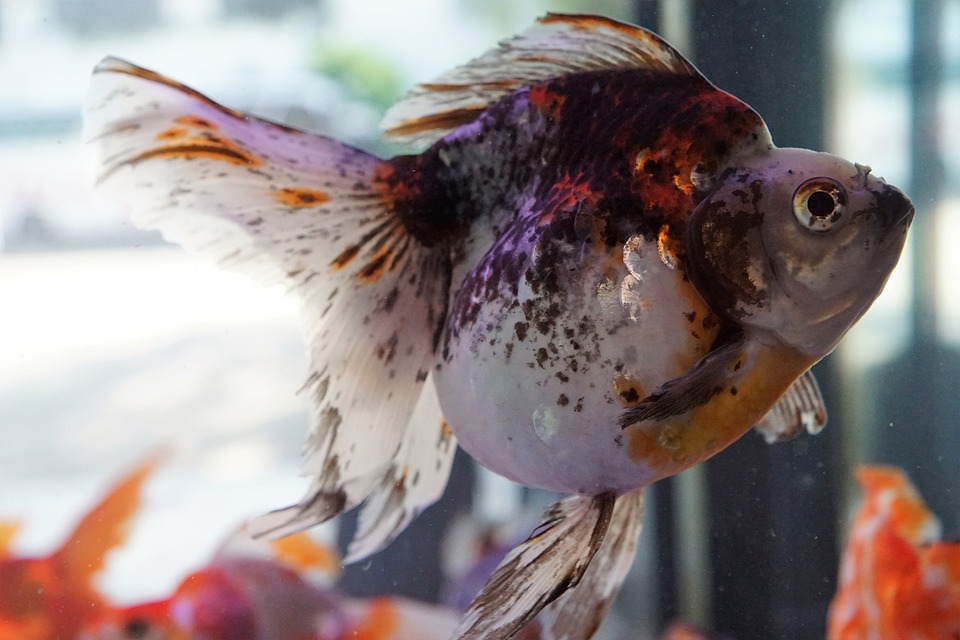Creating a comfortable and stimulating environment for your fish is crucial to their overall well-being. Providing hiding spots within your fish tank not only enhances the aesthetics of your setup but also encourages natural behavior and reduces stress levels among your aquatic pets. This article will guide you on how to incorporate hiding spots effectively and discuss the benefits they bring to your fish’s health.
Why are hiding spots important for fish?
1. Reducing stress levels:
– Mimicking natural habitats: Fish are accustomed to having hiding spots in their natural habitats, which provide a sense of security. By recreating this environment in your fish tank, you help reduce stress levels and promote a sense of comfort.
– Avoiding aggressiveness: Hiding spots also act as safe zones for fish, allowing them to escape from territorial disputes or aggressive tank mates. This separation reduces instances of bullying and potential injuries.
2. Encouraging natural behavior:
– Replicating a natural ecosystem: Hiding spots offer fish the opportunity to engage in natural behaviors such as exploring, foraging, and seeking shelter. This stimulation keeps them mentally and physically active, promoting their overall well-being.
– Breeding behavior: Many fish species require hiding spots for successful breeding. Providing suitable hiding spots can encourage courtship rituals and protect eggs or fry, increasing the chances of successful reproduction.
Choosing the right hiding spots for your fish tank:
1. Natural materials:
– Rocks and caves: Natural rocks and caves provide ideal hiding spots for various fish species. Ensure the materials are aquarium-safe and do not affect water parameters.
– Driftwood and plants: Incorporating driftwood and live plants not only enhances the aesthetic appeal of your tank but also creates multiple hiding spots. Fish can take shelter among the plants or rest on the branches of driftwood.
2. Artificial decorations:
– Caves and tunnels: Artificial caves and tunnels provide easily accessible hiding spots and can be designed to suit the specific needs of your fish species.
– Ceramic or resin structures: Decorative structures made from ceramic or resin materials can be sculpted to resemble natural hideouts and integrate seamlessly into your tank’s design.
FAQs:
1. How many hiding spots should I provide in my fish tank?
– It is recommended to have multiple hiding spots to accommodate all fish in your tank. Aim for at least one hiding spot per fish, ensuring they are spread throughout the tank to avoid overcrowding.
2. Can I use plastic decorations as hiding spots?
– Plastic decorations can be used, but it is crucial to ensure they are aquarium-safe and do not have any sharp edges that may harm your fish.
3. Do all fish species require hiding spots?
– While not all fish species require hiding spots, most benefit from having them. Even community fish can benefit from having a safe space to retreat to when feeling stressed or threatened.
4. How often should I rearrange the hiding spots in my fish tank?
– Avoid frequent rearrangements of hiding spots, as sudden changes can cause stress to your fish. However, occasional rearrangement can provide mental stimulation and prevent boredom.
Conclusion:
Providing hiding spots within your fish tank is a simple yet effective way to promote natural behavior and improve fish health. By recreating their natural habitats, reducing stress levels, and encouraging natural behaviors, you create an environment that supports your fish’s overall well-being. Remember to choose suitable hiding spots, both natural and artificial, and consider the specific needs of your fish species. With this approach, you can create an engaging and harmonious aquarium environment that your fish will thrive in.









